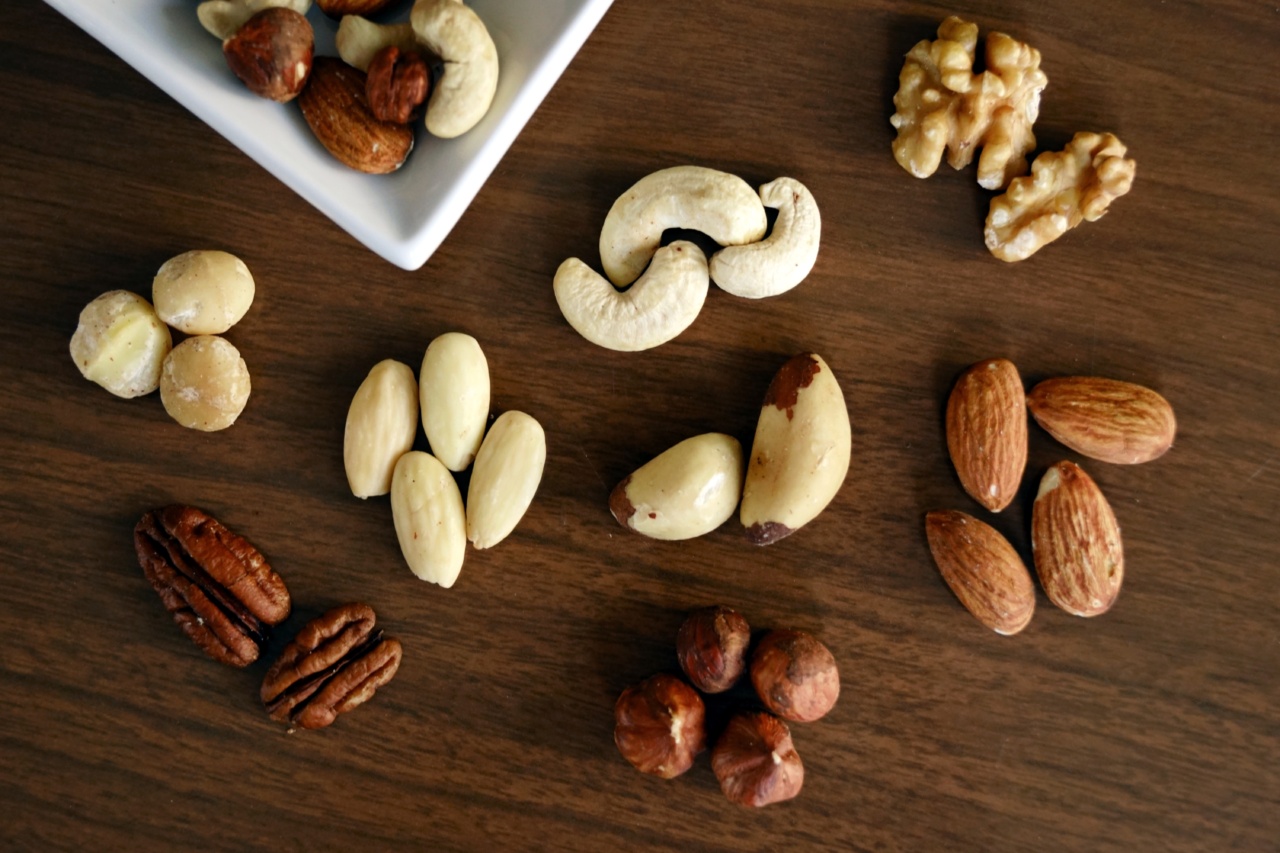There is no doubt that the food we eat plays a critical role in our overall health and well-being.
While many of us try to eat a balanced diet that includes plenty of fruits, vegetables, whole grains, and lean proteins, it can be challenging to know which foods are right for our individual needs.
What is Food Scanning?
Food scanning is a process that uses a small, handheld device to determine the nutrient content of various foods. These devices use a type of spectroscopy to analyze the molecular structure of different foods and determine their nutritional value.
Food scanning can be done at home or in a clinical setting, and it can provide valuable information about which foods are best for a person’s specific health needs.
How Can Food Scanning Help Fight Health Issues?
Food scanning can help fight health issues by providing personalized nutrition recommendations that are tailored to individual needs.
For example, if a person is struggling with high blood pressure, food scanning can identify which foods contain high levels of sodium, and which foods are better for their overall health.
Additionally, food scanning can help identify nutrient deficiencies, which can be addressed through dietary changes or supplements.
For example, if a person is deficient in vitamin D, food scanning can identify which foods are high in this nutrient, or recommend supplements to help meet their daily requirements.
What are the Benefits of Food Scanning?
The benefits of food scanning are many. Here are just a few:.
- Personalized nutrition recommendations based on individual needs
- Identification of nutrient deficiencies
- Improved overall health and well-being
- Helps prevent chronic diseases such as heart disease or diabetes
- Increases energy levels and promotes weight loss
How Does Food Scanning Work?
Food scanning works by using a small, handheld device that is designed to scan different types of food. The device uses a type of spectroscopy to analyze the molecular structure of different foods and determine their nutritional value.
During the scanning process, the device will emit a specific type of light that interacts with the molecules in the food.
Based on the way that the light interacts with the molecules, the device can determine which nutrients are present in the food and at what levels.
Once the scanning process is complete, the device will provide a comprehensive report on the nutritional content of the food, including information on calories, macronutrients, vitamins, and minerals.
Who can Benefit from Food Scanning?
Food scanning can benefit almost anyone who wants to improve their overall health and well-being. However, some people may benefit more than others.
For example, people with chronic diseases such as heart disease, diabetes, or autoimmune disorders may benefit from food scanning as a way to manage their condition through diet and nutrition.
Additionally, people who are trying to lose weight or improve their athletic performance may benefit from food scanning as a way to optimize their diet and ensure they are getting the nutrients they need to achieve their goals.
What are the Limitations of Food Scanning?
While food scanning can be a valuable tool for improving overall health and well-being, there are some limitations to this technology.
For example, food scanning cannot identify allergens in food, and it may not be able to accurately identify certain types of nutrients, such as complex carbohydrates or fiber.
Additionally, while food scanning can provide insights into the nutritional content of specific foods, it cannot take into account the overall quality of a person’s diet or their individual nutritional needs.
For example, a person with a medical condition that requires specific dietary restrictions may not be able to use the data from food scanning as effectively as someone without these restrictions.
Is Food Scanning Right for You?
If you are interested in optimizing your diet and improving your overall health, food scanning may be worth exploring.
However, it is important to keep in mind that food scanning should be used as a tool in conjunction with other aspects of a healthy lifestyle, such as regular exercise and stress management.
Talk to your healthcare provider or a registered dietitian to learn more about whether food scanning is right for you and how it can be integrated into your overall healthcare plan.


























